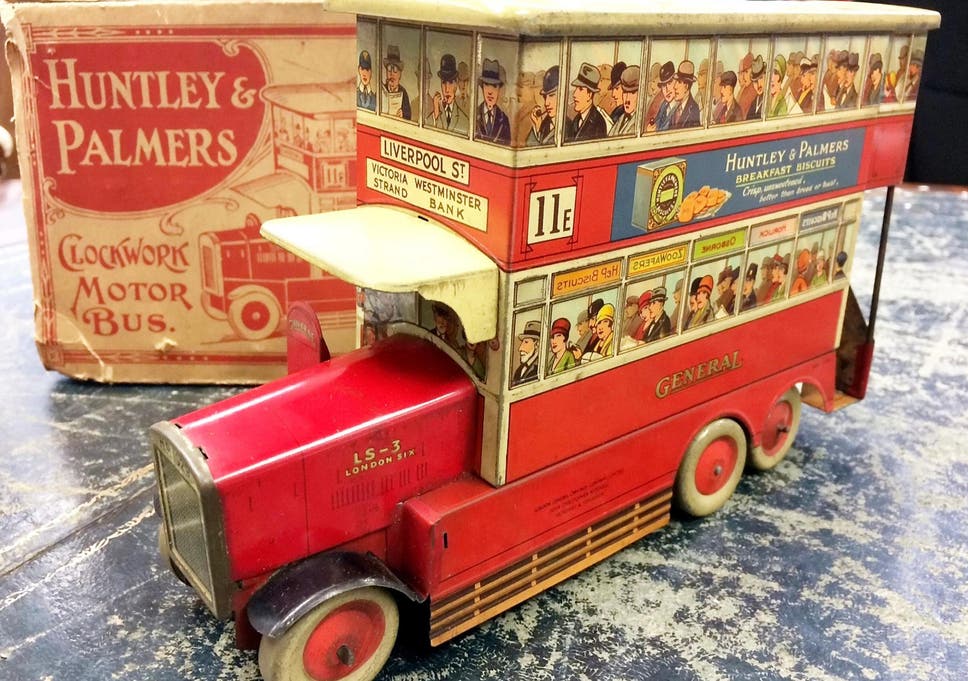What is the item we all have consumed most during the lockdown (other than broadband)? Well, India in any case, is the largest biscuit-consuming nation in the world and we just raised the bar even higher. Less than a year ago (August 2019), the makers of India’s most favourite biscuit said that the economic conditions had deteriorated so much that they were struggling to maintain the sales volume of even Rs 5 pack of Parle G. And in April this year, amidst lockdown, Parle G recorded its highest ever sales!
 |
| Baked left-over breads were the first biscuits - we now call them rusk |
 |
| 13th April 1784 - the oldest surviving biscuit in the world - today preserved in Britain's National Maritime Museum. A hard tack biscuit given to wood engraver Thomas Berwick |
Today
it is difficult to imagine that hardly 150 years back biscuit was an absolute
novelty for Indians. Just like bread, it was the Portuguese, who introduced
biscuits in Bengal (and perhaps in Goa/Western Coast also). The first known reference
to biscuits made in Bengal came from the famous French traveller and jeweller,
Jean Baptiste Tavernier (1605-1689), who wrote in the 1660s that the port of
Hooghly was a good place to stock up on biscuits for return journey. For the
next 100 years or so, the bakeries of Portuguese-influenced Hooghly, of Dutch
Chinsurah and French Chandannagar remained the main suppliers of bread and
biscuits to Calcutta.
The
first commercial bakeries in Calcutta came up near the dock area and
Khidirpore. These bakeries were run by the Portuguese/people of European
descent first and then by Muslims. Right from the beginning, the majority
population of the city that is Bengali Hindus, found both bread and biscuits
irresistible in taste but these remained forbidden food items for long. In the
1840s, when a young Rajnarayan Bose (1826-1899) – one of the most famous
intellectuals of his generation and maternal grandfather of Sri Aurobindo –
took the oath to join the Brahmo Samaj, he celebrated it with his friends by
sharing biscuits and sherry!! It was an act of revolt for them. Revolutionary
leader, Bipin Chandra Pal (1858-1932) recalled in his autobiography that in his
childhood it was an exciting adventure to buy bread and biscuits from the only
shop (that too Muslim-owned) selling these items in Sylhet town and to consume
it at night once the entire household was asleep.
By
the 14th century, biscuits were well-known in England. However, from
the 17th century, British slave trading and subsequent sugar
plantations in the West Indies powered by slave labour made sugar easily
available and affordable. This completely revolutionized British baking – soon
there were great variety of cake and biscuits for every occasion. From the 18th
century, tea, especially afternoon tea, became almost a British ritual and
biscuits found a pride of place there.


In the 19th century, with the growing popularity of tea and travel, a variety of easily consumable biscuits came to be manufactured in Britain. The company, which represented the best of this tradition and one of the first global brands – Huntley Palmers – started their operations in Bristol in 1822. By 1900, their products, perfectly preserved in beautiful tin boxes were to be found all over the world from Tibet to heart of Africa and from North Pole to New Zealand.
 |
| Grand Duchess Marie Alaxandrovna with her husband Prince Alfred |
For
some time in the second half of the 19th century, biscuits enjoyed a
golden period. When Queen Victoria’s second son, Prince Alfred in 1874 married Tsar’s
daughter Grand Duchess Marie Alexandrovna, one of the leading British biscuit
manufacturers, Peek Frean, created a special biscuit called ‘Marie’.
 |
| Federico Peliti opened Calutta's first stand alone fine dining restaurant with an in-house bakery in 1881 |
Back
in Calcutta, there were more respectable options for the British now as hotels
like the Wilson’s started their own bakeries. In 1881, Federico Peleti opened
Calcutta’s first upmarket standalone restaurant along with an in-house bakery. However,
the problem persisted for the Hindu upper caste till 1887, when a Bengali
gentleman named Girish Chandra Mandal and I do not know anything else about him
– opened a biscuit manufacturing unit in Central Calcutta. Soon the business
grew so fast that he had to request his neighbour Nalin Chandra Gupta, a lawyer
by profession, to help him out. Their venture was known as VS Brothers. Soon Mr
Gupta came to be the driving force behind the venture. The company was renamed
Gupta and Company and they set up a much bigger unit at Dum Dum and started
selling biscuits under the brand name of ‘Hindu Biscuits’. As you can well
imagine, during the Swadeshi days (1905-11), the company did roaring business.
In
1913, again under what circumstances I have no clue, this company took on board
an English gentleman by the name of C H Holmes and subsequently it was renamed
Britannia Industries during the First World War (1914-1919).
In 1970, three major British biscuit makers - Huntley and Palmers, Jacobs and Peek Frean amalgamated to create Associated Biscuits. This Associated Biscuits held a major stake in the Britannia Industries. Now you know how your tea time favourite Britannia Marie came about - traversing the channels of colonial commerce (in 1982, Nabisco acquired Associated Biscuits and in 1989, Nabisco sold the Associated Biscuit brands to Danone; Britannia today is majority owned by Danone and their Indian partner Nusli Wadia).
Parle
G is not just a biscuit but as it trended in twitter recently, it is an emotion
and an identity of our rootedness. Many of us would remember the original ‘Swad
bhare Shakti bhare’ Parle G campaign with a dadaji and his grandkids from the
1980s. With sales of more than 5000 crore for this single product, this is the
highest selling biscuit in the world. Parle Products baked their first biscuit
in the village of Parla, near Bombay in 1939 and right from the beginning
branded itself as a swadeshi product (bharat
ka apna biscuit).
In
most cities of Punjab and North India, still there would be at least one
National Bakery, producing old style biscuits and other savouries. I do not know
much about them but I am quite sure that their origin was also somewhat like the
Hindu biscuits in Calcutta. Frontier Biscuit, today well known for premium eggless
biscuits in North India, was established in West Punjab in 1921 and probably
came from the same tradition.
 |
| In every major airport today, you will find Hyderabad's Karachi Bakery selling famous Osmania biscuit |
West
Bengal is one of the top biscuit-consuming states (of course along with
Maharashtra, home of Parle G) and Calcutta continues to be the biscuit capital
of India. Britannia, ITC and Priya – three leading Indian biscuit manufacturers
are based in Calcutta today. As
the famous Irani chai of Hyderabad is intrinsically linked with sweet and salty
Osmania biscuits, similarly, roadside tea stalls in Calcutta sell an enviable
range of local bakery-produced biscuits.
Some of these are rusk (the famous
lero biscuit, to be dunked in steaming hot tea, served from a large brass
kettle into your earthen cup), biscuits flavoured with kalo jire (onion-seeds)
or the all-time favourite, projapoti (butterfly) biscuit (I just discovered
that there is a recent Bengali film by that name).
These biscuits taste somewhat different from the regular ones – I am not sure why. My friend and food blogger, Ranjini tells me, perhaps because they use dalda.
These biscuits taste somewhat different from the regular ones – I am not sure why. My friend and food blogger, Ranjini tells me, perhaps because they use dalda.
We have surely come a long way since those days when having biscuits could pose risk to one's religion and also the romance of Huntley Palmers, but our love affair with biscuits continues to deepen.





















